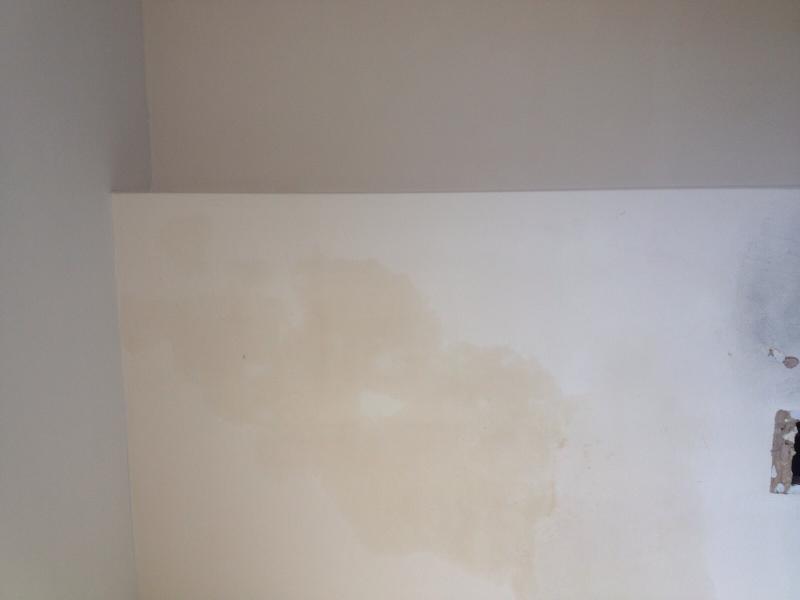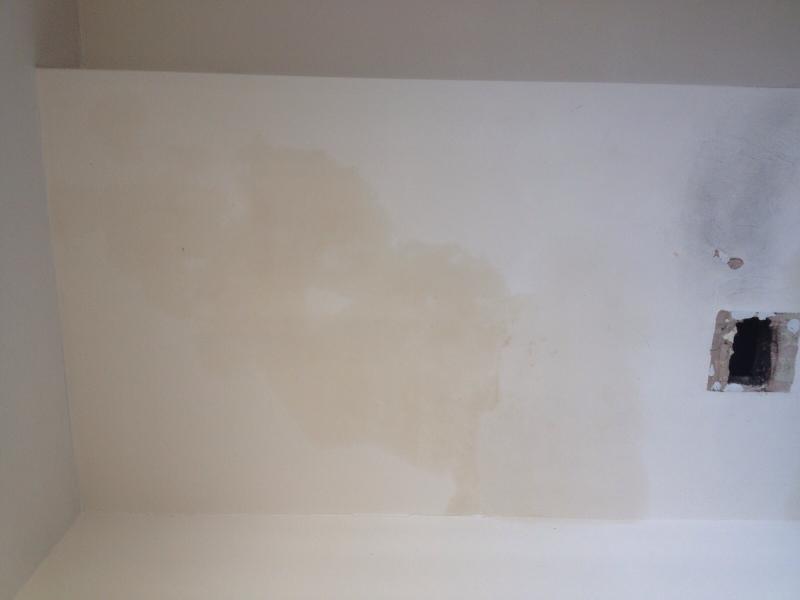Hi All,
Have an issue with damp on a chimney breast wall. Property is a ground floor flat in a converted Victorian 2 storey property. Walls are 9 inch solid walls. Chimney breast is on the gable wall. I have removed the air vent and can see that the chimney had a void area behind the breast.
At first i believed the damp might had been down to salt contamination within the plaster and this was drawing the moisture out of the air? Damp patches on the plaster at the bottom of the wall could be from water penetration from the chimney not being capped? Property has since been empty for approx 6 weeks and the patch has not dried out. Is it worth running a dehumidifier?
Has anyone else got any views on the damp patches?
Thanks
Have an issue with damp on a chimney breast wall. Property is a ground floor flat in a converted Victorian 2 storey property. Walls are 9 inch solid walls. Chimney breast is on the gable wall. I have removed the air vent and can see that the chimney had a void area behind the breast.
At first i believed the damp might had been down to salt contamination within the plaster and this was drawing the moisture out of the air? Damp patches on the plaster at the bottom of the wall could be from water penetration from the chimney not being capped? Property has since been empty for approx 6 weeks and the patch has not dried out. Is it worth running a dehumidifier?
Has anyone else got any views on the damp patches?
Thanks




